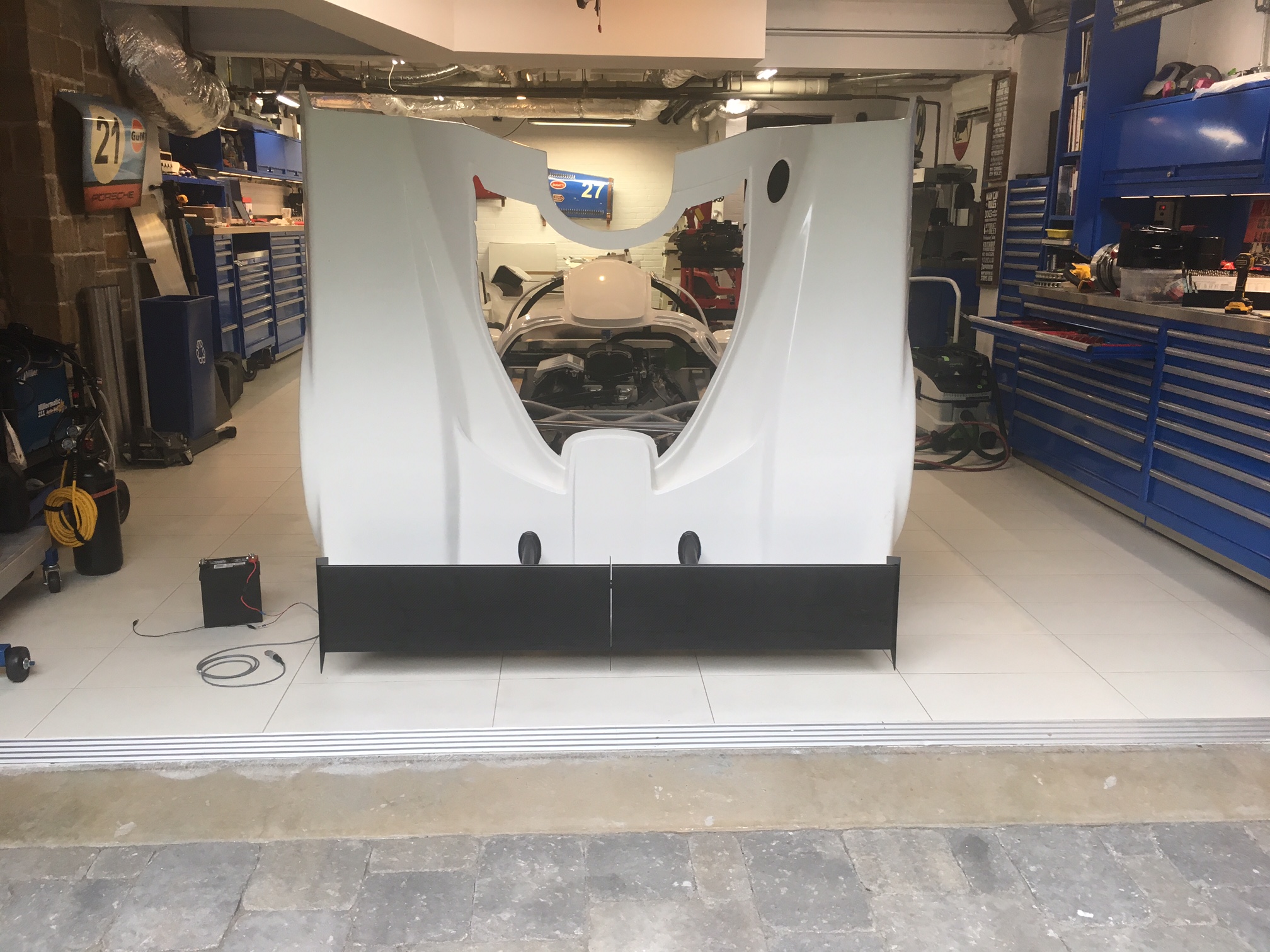I had been waiting for a my dynamic split wing for months and the day that is was going to be delivered I was headed off for vacation... that's about the same as telling a five year old on Christmas Eve that his presents will be waiting for him when he returns a month later. Imagine my disappointment when I had to fly home for an urgent meeting. My wife wanted to know if it could be done via a video call... nope, absolutely not, it must be done in person. She knows better, but she let me slide because the biggest child in the house is prone to temper tantrums LOL
The wing is well engineered and built to a high standard. It comes with good instructions and is straight forward to put together. The only hiccup was that that the Main Pivot Shaft wouldn't fit into the bushings where the wing halves meet. I popped the bushings out and I needed to use a rubber mallet to get them mounted on the shaft. Now way was the shaft going to rotate in the bushings. Fortunately the sanding drum on the Dremel was a perfect fit and running it in and out of the bushing fives times or so solved the issue. Fortunately, he bushings in the pivot boxes where a perfect fit.
As can be seen in the video below, when the ECU first powers up it cycles the wing through its four modes: low-speed cornering, high-speed cornering, straight, and braking. You can tune the angle of attack for each mode and save up to 10 different configurations for different conditions or tracks. The ECU uses the Vehicle Speed Sensor (VSS) from the CAN Bus and its built in accelerometers to determine what mode to put the wing in when driving.
All of the actuators and motor controllers are in the power pods (i.e., the tear dropped vertical uprights) which also act as heat sinks. So nothing other than the ECU goes inside the car which makes for a very clean install on a mid-engine car. Each pod requires three holes, two for the mounting studs and one for the connection to the ECU. At this point the wing is only mounted to the fiberglass using the provided carbon fiber back plates. I will need to design a custom solution to transmit the downforce directly to the chassis because the wing generates over 800 pounds of force at 200 mph.
As can be seen in the photos below the tail now opens a full 90 degrees... that took a lot more grinding!

